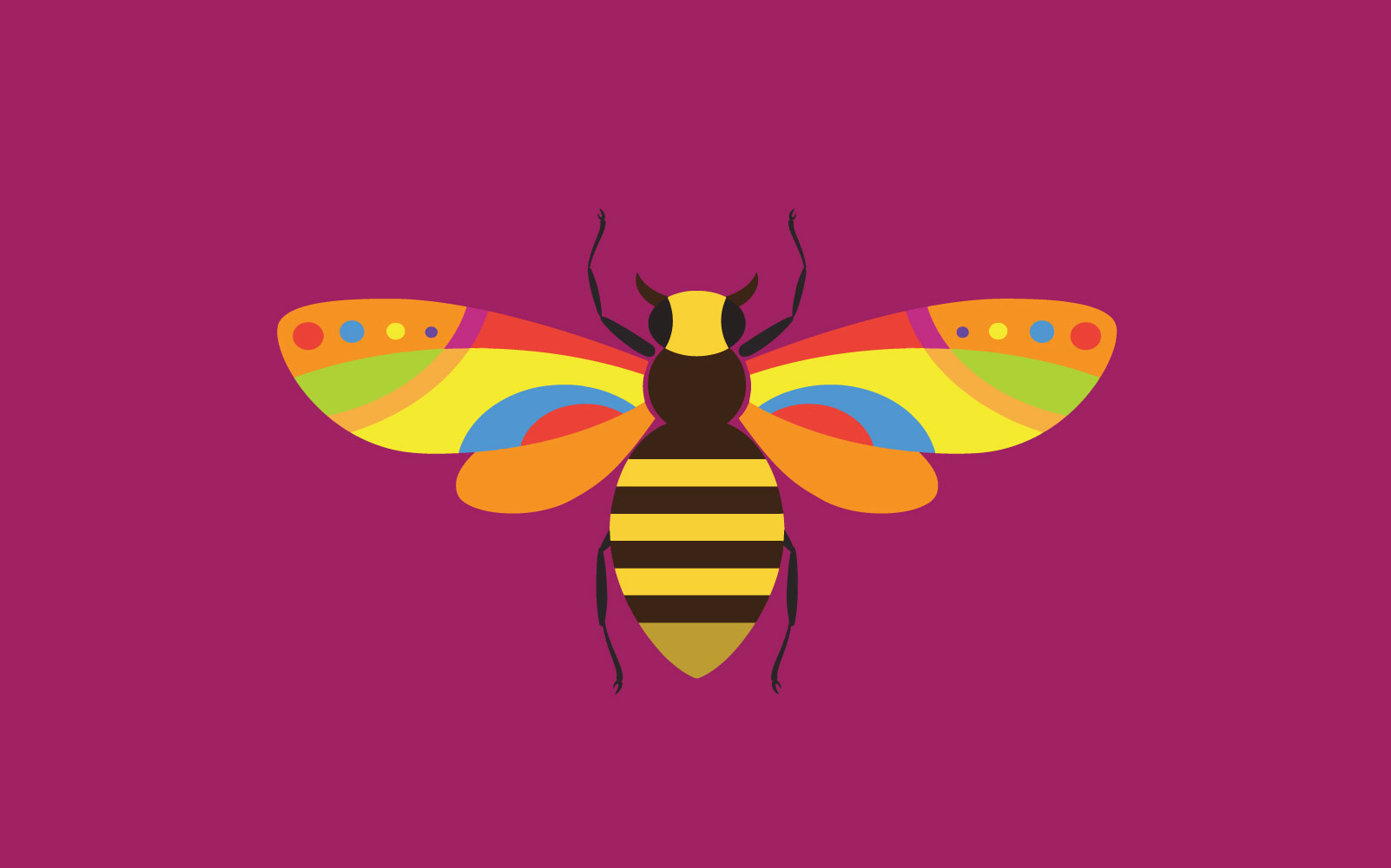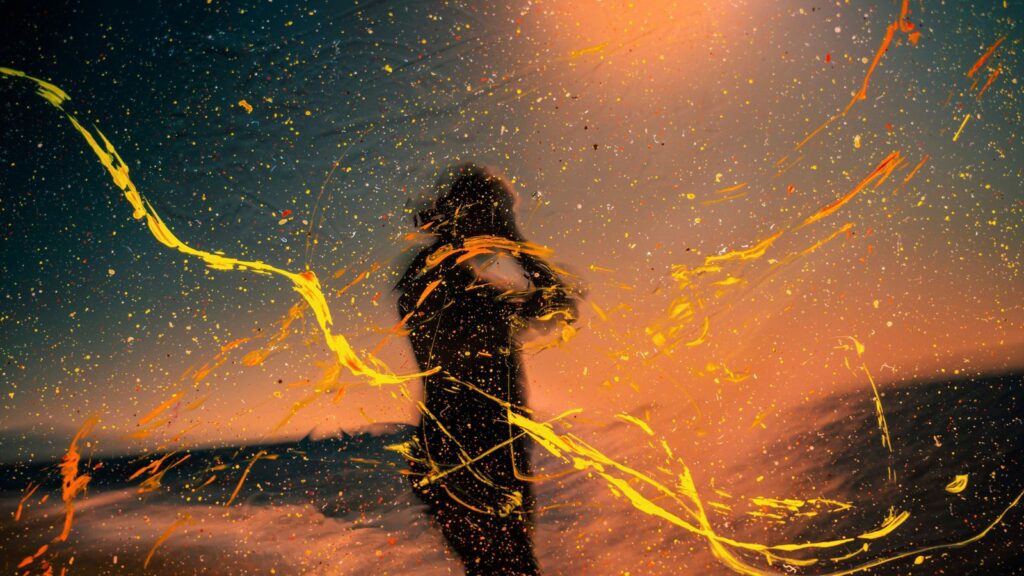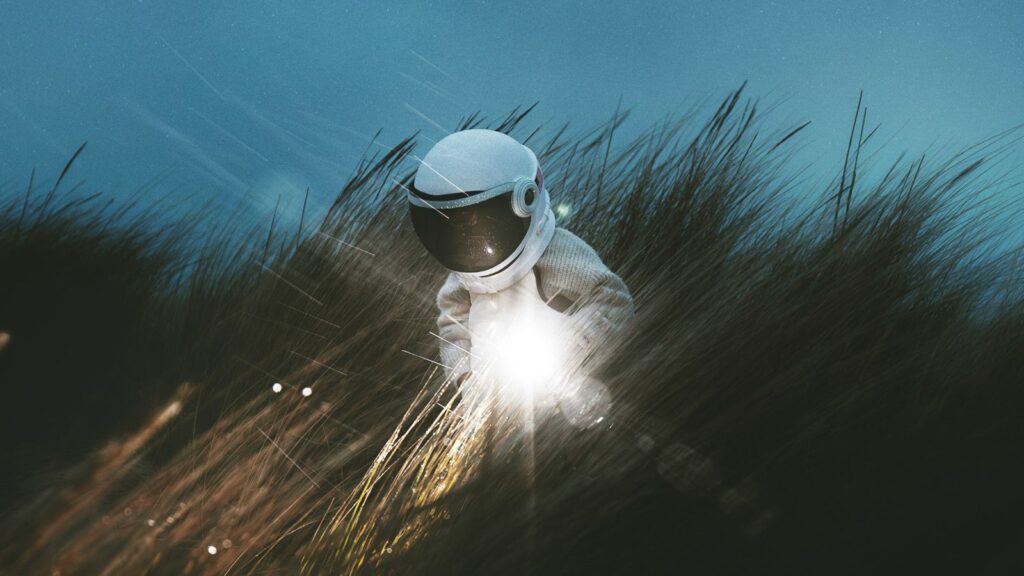Giant Himalayan honeybees produce psychedelic honey. In the springtime, these active critters consume rhododendron flowers, the source of this special edition item. While a rare and pleasant gift after a cruel winter, making this trippy honey is no easy quest. The sweet nectar requires a treacherous climb, a tough demand considering that bee populations are dwindling.
This trippy honey business is double the trouble–a dangerous journey for an endangered species. But is it double the fun?
The Giant Himalayan Honeybee
Native only to the Himalayas, this insect (A. dorsata laboriosa) is the largest honeybee species in the world. Twice the size of traditional honeybees, they grow to about 1.5 inches, making them about the same size as Thumbelina. More impressively, their sacred duty requires them to fly to heights that Thumbelina would never dream of scaling.
A Trippy Flight
Flying 8,200-13,000 feet up the south-western side of the Himalayas, these bees pick a sweet spot for their nest. As with human real estate, it’s all about location. They construct palatial golden crescent nests, up to six feet in diameter, into overhangs on vertical cliffs. The views are obviously stunning.
This sky-high honey-making factory makes the human quest to harvest their nectar all the more treacherous. The only way to get there is by climbing a rope. Forget your Auntie’s home-garden beekeeper suit; it is no match for these giant stingers.
Worth the Trip
Though the route is harrowing and the risks are fatal, the mad honey is a powerful hallucinogen apparently packed with medicinal features. Even in small doses, legend has it that this honey treats everything from hypertension to diabetes to poor sexual performance. The recommended amount is about two-three teaspoons. Larger doses get a little dicey—they may result in death. Local honey shamans are said to know how to distribute the medicine in order to maximize the nectar’s healing properties.
A little goes a long way. In small amounts, the honey is “intoxicating, giving a feeling of relaxation and pleasant dizziness and tingling sensation.” Slightly higher doses can be hallucinogenic. Since we lack scientific evidence (and Reddit forums), we do not know much about it. Too much mad honey might send a user over the edge into Rhododendron poisoning (or honey intoxication), which involves vomiting, progressive muscle weakness, and heart irregularities.
Dipped in History
Though evidence is lacking, accounts are not. The effects of psychedelic honey have been known for thousands of years. Famous ancients, such as Aristotle and Pliny the Elder, wrote about hallucinatory effects of honey made from the same Rhododendron species. In the book Anabasis, Ancient Greek soldier and writer Xenophon tells of an invading army that accidentally poisoned themselves by eating local Asia Minor honey. Miraculously, they didn’t die. Persian King Mithridates heard of the incident and later used the honey to help defeat the Roman army. Sweet victory.
A Cultural Tradition
The Himalayas may not be the only source of psychedelic honey, but collecting and harvesting it is a cultural tradition for the Kulung people in eastern Nepal. With the death of the last honey hunter in 2018, the tradition may be disappearing. Alongside the declining bee populations, will this help these Himalayan giants regain their numbers? Or will brave humans continue the climb?
Though the fate of these giant honeybees and their psychoactive export remains dubious, “mad honey” stands the test of time. Perhaps sources at lower altitudes will become available soon.















